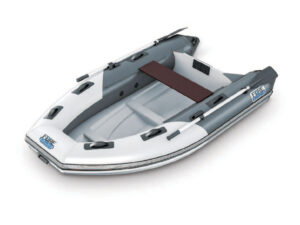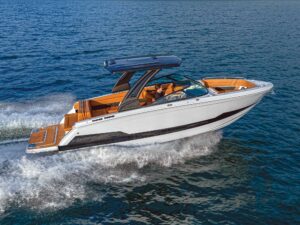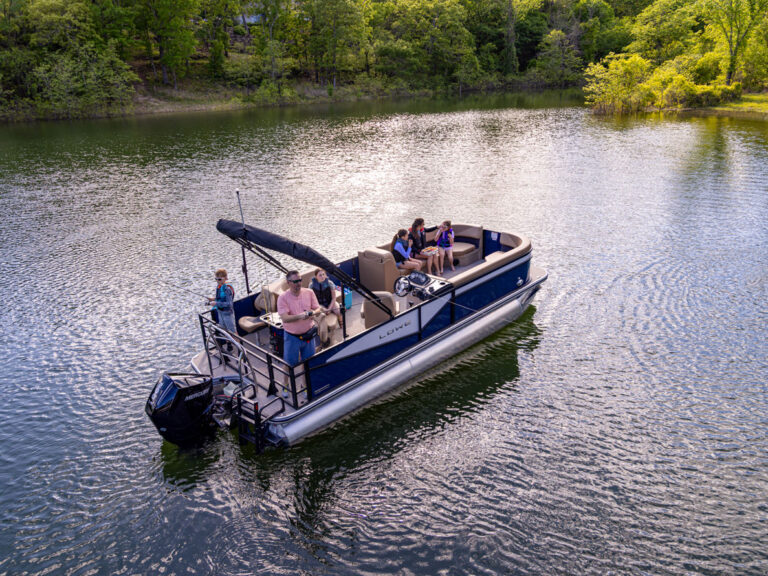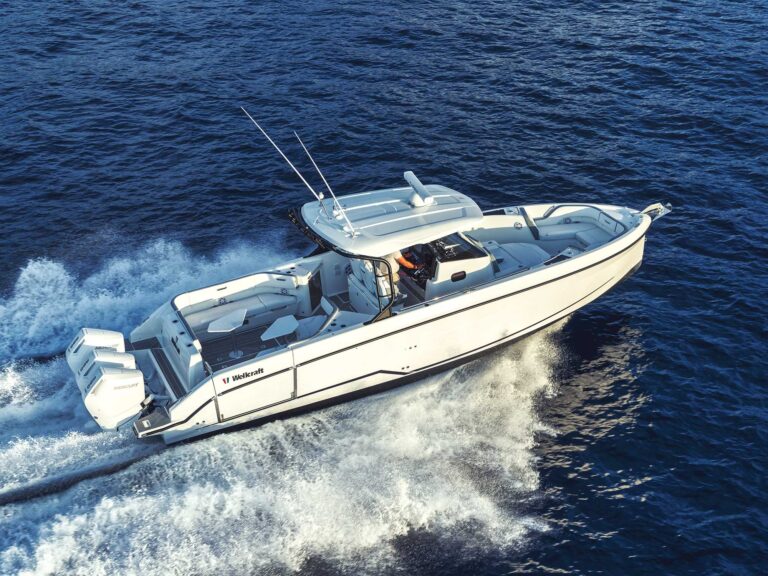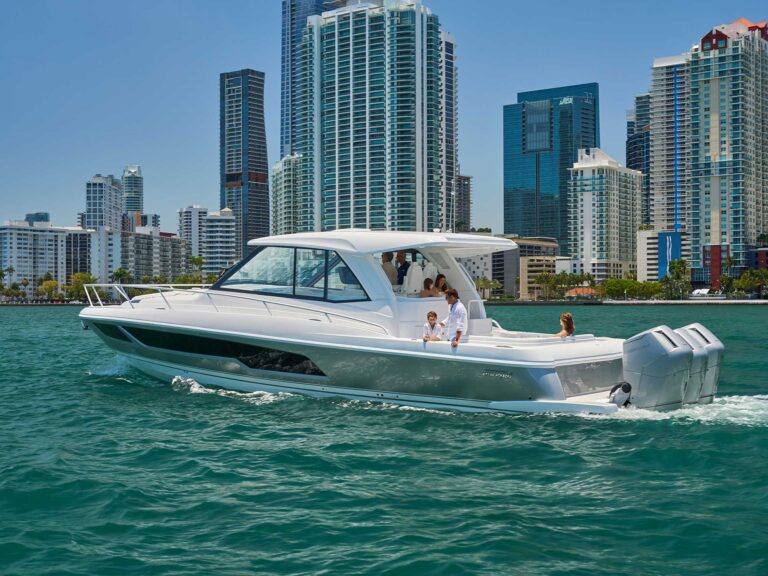Too many boats die silently in their winter beds. But follow these easy tips, and your boat will be ready and eager to go in the spring.
Fuel Treatment
Treat your boat’s fuel with a stabilizer. Pennzoil Fuel Stabilizer, PRI-G and Stabil are ideal products for this job. After adding it to the fuel, run the engine for 10 minutes or so to be sure stabilized fuel circulates throughout the engine. If you don’t stabilize the fuel, carburetors and fuel injectors can be clogged with varnish deposits that ruin fuel systems. Cost if you do: $5 to $10. Cost if you don’t: $250 to $1,200.
Fog the Engine Cylinders
Aerosol fogging solutions coat the inside of the engine to protect it until spring. Each engine manufacturer makes proprietary products they promote as ideal for their engines. Hook “ear muffs” and a garden hose to the engine, start it, and then spray the fogging-solution lubricant directly into the air intake until it’s gone. If you don’t fog the engine cylinders, corrosion can form inside the engine, covering the cylinders, pistons and rings with a patina of abrasive crud. Cost if you do: $5 to $15. Cost if you don’t: $2,500 to $15,000 (or more).
Drain the Engine (for inboards and stern-drives)
Locate and open the petcocks (some engines have bronze plugs similar to bilge plugs) underneath the manifolds and on the sides of the engine block. Remove the water-pump hose from the bottom of the water pump to let it drain completely. If you don’t drain the engine, water in the cooling chambers can freeze, expand and crack the engine block and manifolds. Tip: Newer MerCruiser stern-drives have handy drainage systems with one drain plug near the front of the engine. Outboards self-drain and never require this step. Cost if you do: $0. Cost if you don’t: $5,000 to $20,000.
Change the Oil
Change engine oil to eliminate moisture and prevent corrosion. If you don’t, moisture can cause excessive wear, which can lead to loss of power, poor fuel economy and possible engine failure. Tip: Some mechanics change the oil both in the fall and at spring breakout on the theory that the engine oil needs to be changed at the end of the summer and after suffering the ravages of winter because moisture may again accumulate in the oil. Cost if you do: $30 to $75. Cost if you don’t: $500 (in extra fuel) to $20,000 (engine failure).
Read Next: Complete Guide to Winterizing
Drain the Gear-Case Lubricant (and recycle it)
Clear, amber-colored lubricant means your gear-case seals are in good shape. Milky and sometimes lumpy oil means the seals need to be replaced. Tip: The time to do this is in the fall when marine mechanics are less busy and sometimes willing to offer special prices for winter work. Cost if you do: $10. Cost if you don’t: $2,000 to $6,000.

